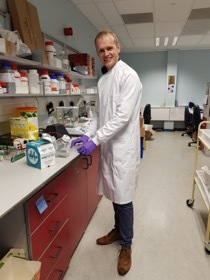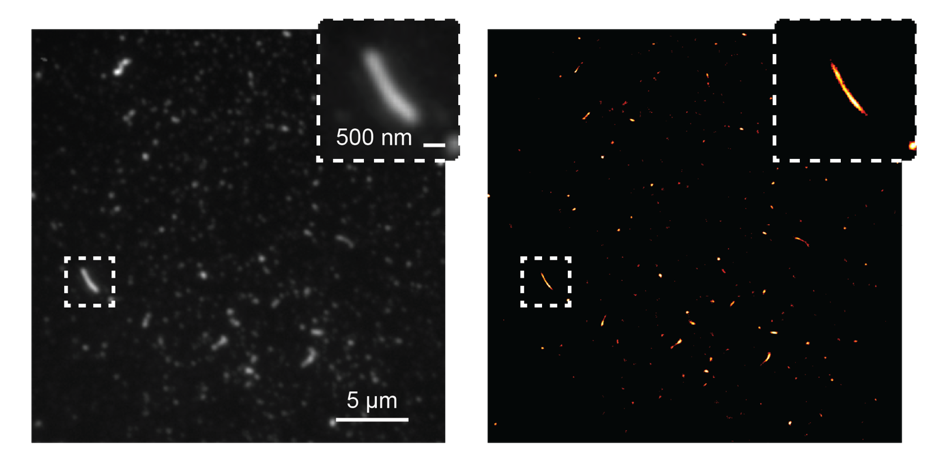Understanding dementia at the molecular level
Guest blog from Dr Mathew Horrocks, UK DRI at Edinburgh

Most diseases that cause dementia involve the misfolding and clumping together of proteins in the brain. While these are among the most obvious changes we see when we study these diseases in the brain, they may not be the main drivers of damage.
Growing evidence points towards much smaller collections of proteins, referred to as oligomers, playing an important role in the development of these diseases.
These oligomers, however, are notoriously challenging to study as they can come in different shapes and sizes and are relatively few and far between.
In the Edinburgh Single-Molecule Biophysics Group based in the UK Dementia Research Institute at Edinburgh University, we are interested in discovering the underlying molecular processes involved in proteins clumping together, which of these clumps are toxic, and whether these can be used for diagnosis or as targets for new treatments.
To answer these questions, we develop and use powerful microscopy techniques involving a laser that causes molecules to give out a fluorescence signal that we can pick up using very sensitive detectors. These microscopes allow us to study individual molecules at the nanometer scale (that’s a billionth of a metre!), meaning that we can examine even the rarest of oligomers in great detail.
We currently use these approaches to analyse protein clumps that form in differing levels of biological complexity, from in the test-tube, through to nerve cells in the laboratory, and even in samples of spinal fluid donated by people with dementia. This has allowed us to gain a more thorough understanding of how protein build-up occurs, and how it causes damage to cells in the brain.
Diseases like Alzheimer’s are currently diagnosed based on symptoms that emerge after significant damage has already occurred in the brain. It is therefore vitally important that we develop methods to diagnose people with these diseases much earlier on. It is our hope that the microscopy approaches we work on can be used to identify biological markers for these diseases, allowing treatments to be tested and applied at a much earlier stage when they can make the biggest difference to people’s lives.
To fulfil our research goals, we work with teams of researchers across a wide-range of disciplines, and the establishment of the UK DRI has made this process much easier. As a physical chemistry group based within the Edinburgh Royal Infirmary, we are able to work closely with clinicians and expert biomedical researchers, allowing us to apply our state-of-the-art methods to answer the most important biological questions about the complex causes of dementia.
I’d like to personally thank everyone who has already shown their support to the Dementia Revolution. The funds you raise through this brilliant campaign will help to keep our work going and allow countless other pioneering research projects get underway at the institute. Thank you!

A protein associated with dementia with Lewy bodies and Parkinson’s disease. On the left, the oligomers and fibrils appear blurred, due to the wavelike properties
